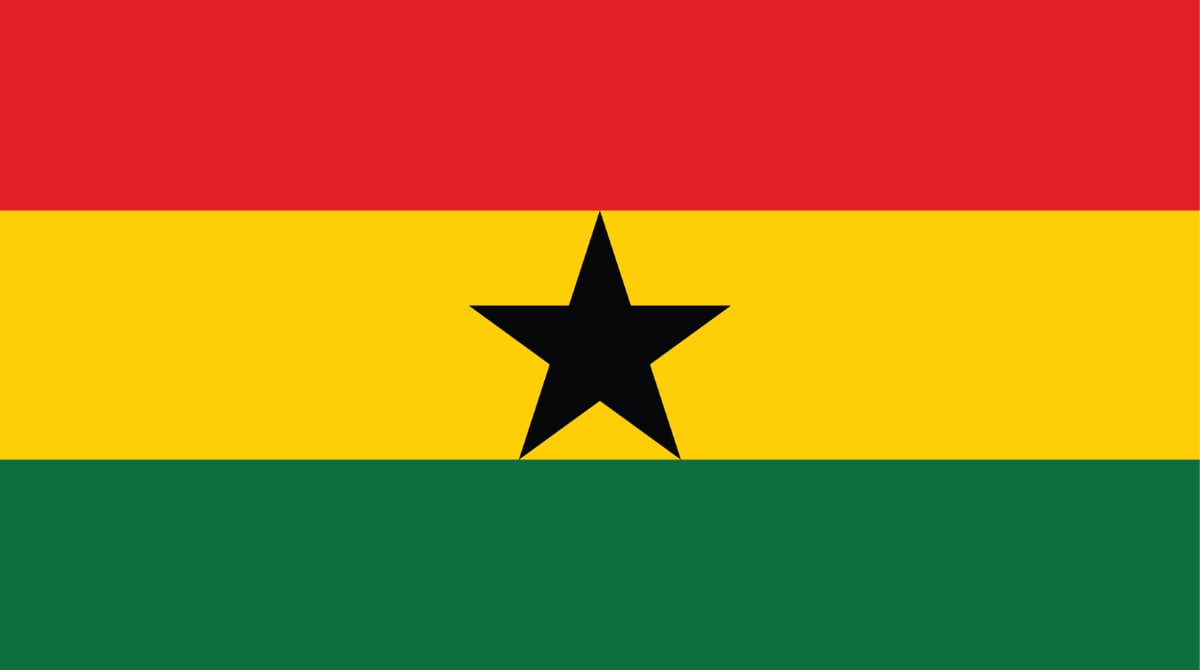At a glance
CDC works with partners in Ghana to build sustainable public health capacity, strengthen laboratory systems and surveillance networks, deliver high-quality HIV diagnostic, treatment, and prevention services, and respond swiftly to disease outbreaks at their source, preventing health threats from reaching the U.S.

Strategic focus
The partnership between the U.S. Centers for Disease Control and Prevention (CDC) and the Government of Ghana (GOG) began in 2008 with a shared goal of strengthening HIV treatment and prevention efforts. Over the past 15 years, CDC’s public health response has matured from an emergency approach to sustaining the advances from the HIV program under the U.S. President’s Emergency Plan for AIDS Relief (PEPFAR). Through PEPFAR, CDC is Ghana’s lead U.S. Government agency for technical laboratory assistance, which enhances the skills of laboratorians and improves the efficiency and quality of services. CDC’s efforts have evolved from a prevention program for people at greater risk of HIV to a public health partner supporting Ghana’s national and regional laboratory networks and strategic information capacity.
CDC has a leadership role in Ghana’s strategic information activities. Those efforts are to improve national and sub-national estimates of people living with HIV (PLHIV) and the collection and analysis of data across the HIV cascade to inform evidence-based decision-making. CDC assists in developing tools and collecting data for people at greater risk of HIV. These efforts equip Ghana with the necessary tools and data to achieve its public health objectives. Ghana is also the hub of CDC’s PEPFAR West Africa Region operating unit. The CDC office also supports regional laboratory and strategic information capacity-building activities in Senegal, Burkina Faso, and Sierra Leone.
Read more about CDC's most recent key activities and accomplishments below.
Building public health capacity
- Supported the Ghana AIDS Commission (GAC) in the development of the Key Population Unique Identifier System. This unique identifier was created for patient privacy and to improve the continuity of services, which helped enhance targeted HIV service delivery for the Ministry of Health.
- Helped GAC develop annual, sub-national estimates for PLHIV used for program planning, supply forecasting, and updating the national HIV program and PEPFAR targets.
- Provided expertise for an integrated bio-behavioral survey of people at greater risk of HIV.
Strengthening laboratory systems and networks
- Led the implementation of an innovative national system for transporting blood and specimen samples to centralized laboratories for processing. Building on this success, this system was able to support other outbreaks and public health response activities.
- Provided technical assistance and financial support to strengthen laboratory systems and services, improving national HIV testing and service delivery.
HIV prevention and treatment
- Worked with the Ministry of Health, Ghana Health Service, and the National AIDS Program to develop the e-tracker HIV module. The e-tracker system enhanced GOG’s ability to monitor the HIV cascade by providing a shared platform to track cases and manage treatment for PLHIV.
By the numbers
HIV
Estimated HIV Prevalence (Ages 15-49)
1.5% (2023)
Estimated HIV Deaths (Age≥15)
Reported Number Receiving Antiretroviral Therapy (Age≥15)
TB
Estimated TB Incidence
129/100,000 (2023)
11% (2023)
TB Treatment Success Rate
87% (2022)
Resources
Support for CDC's global HIV and TB efforts.
Our success is built on the backbone of science and partnerships.
